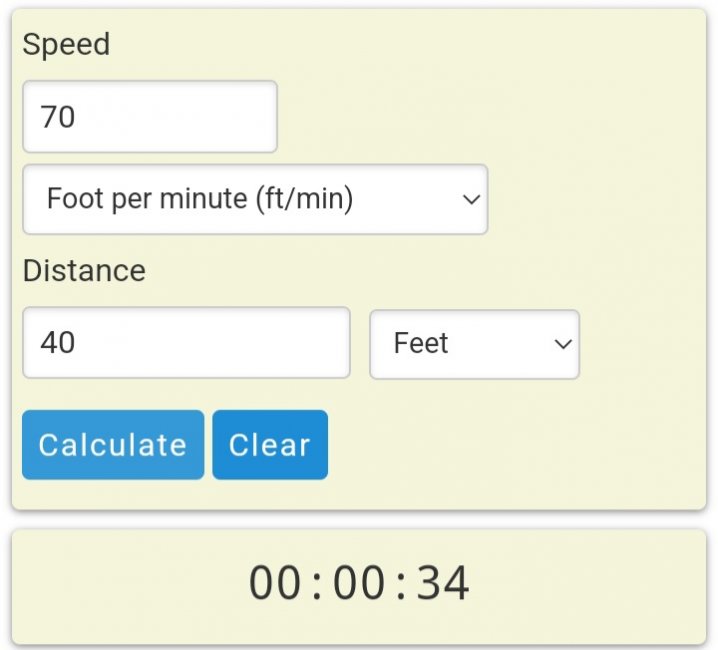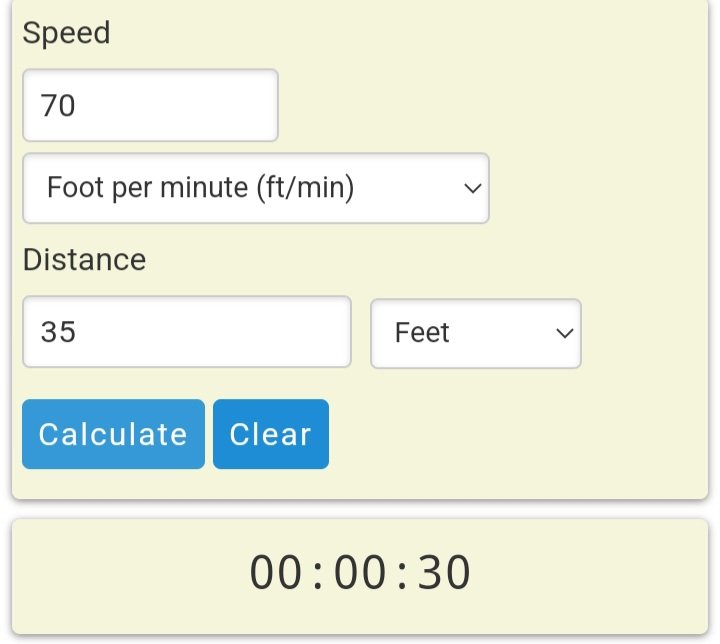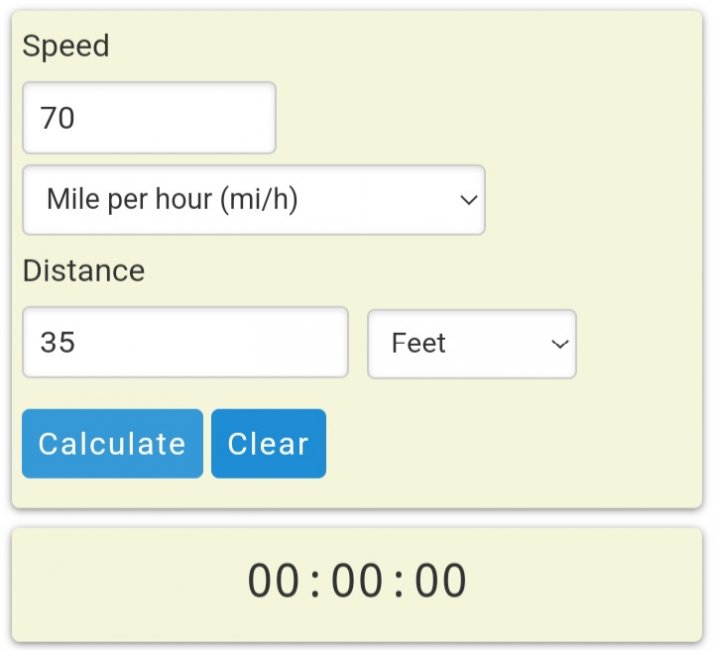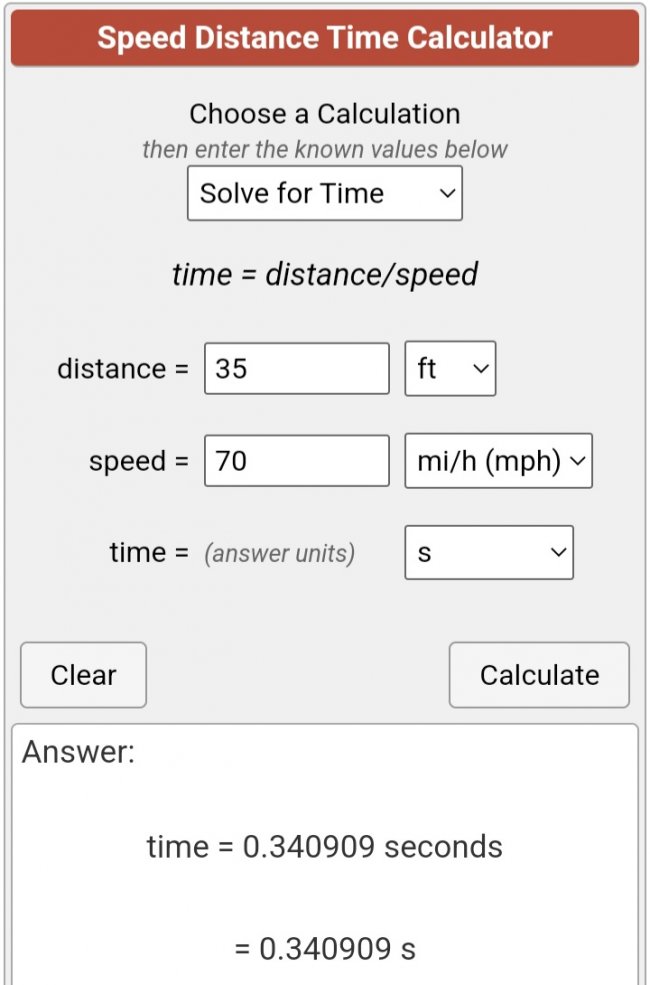- May 27, 2013
- 2,387
- 113
And the equivalency numbers take into account the reaction time based on the chart you had posted here:Numbers about this have been posted before on this website regarding this. Apparently a refresher in math was needed. So I posted it again.
@LEsoftballdad may want to use that time calculator!
Apparently looking at the reaction time calculator 20 mph difference makes reaction time very noticeable different.
(At least for me it was.)
Looking at calculating times it appears the difference needs to be about 30 mph increase from Fastpitch to baseball to be nearly equivalent in reaction time.






